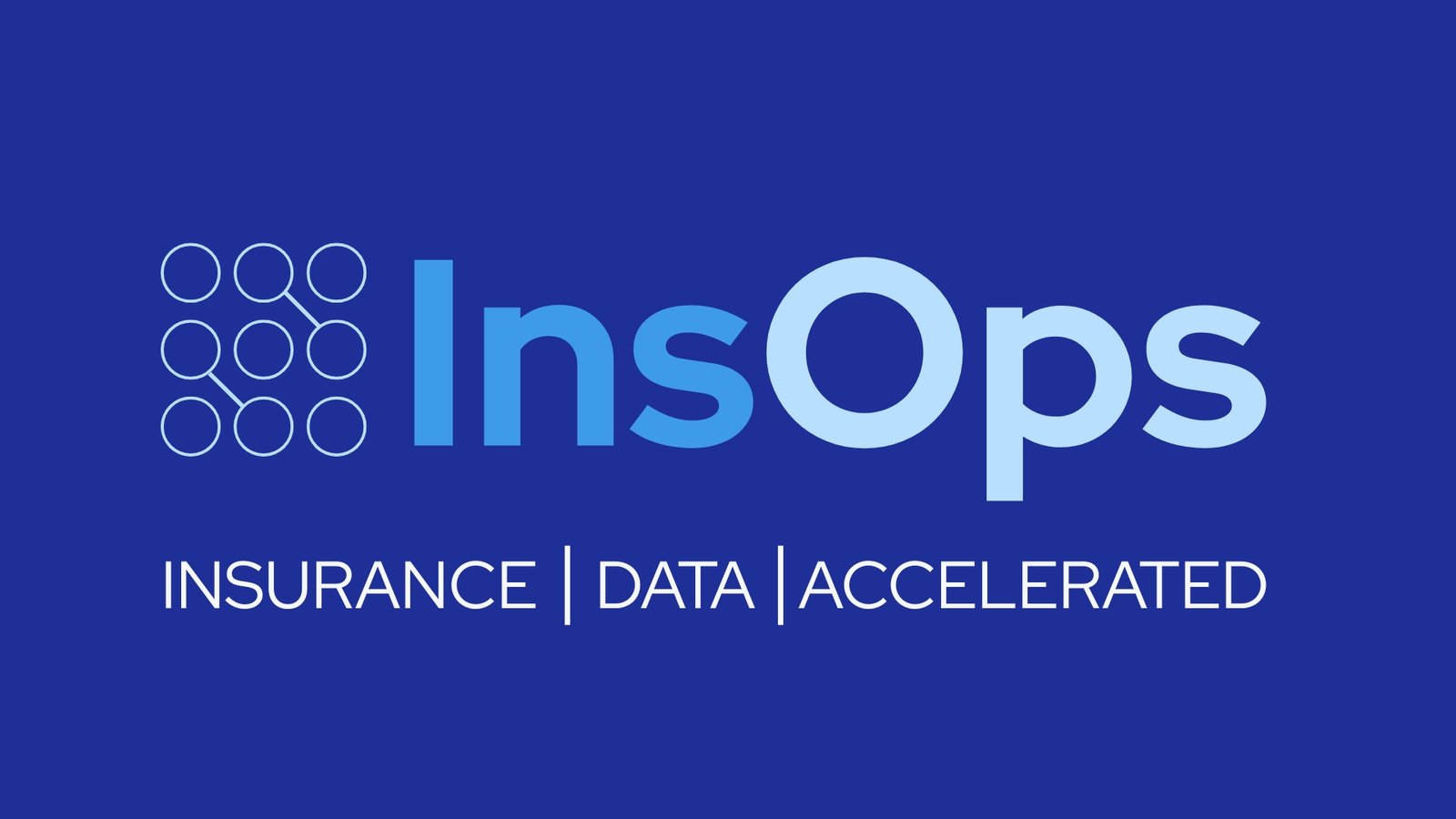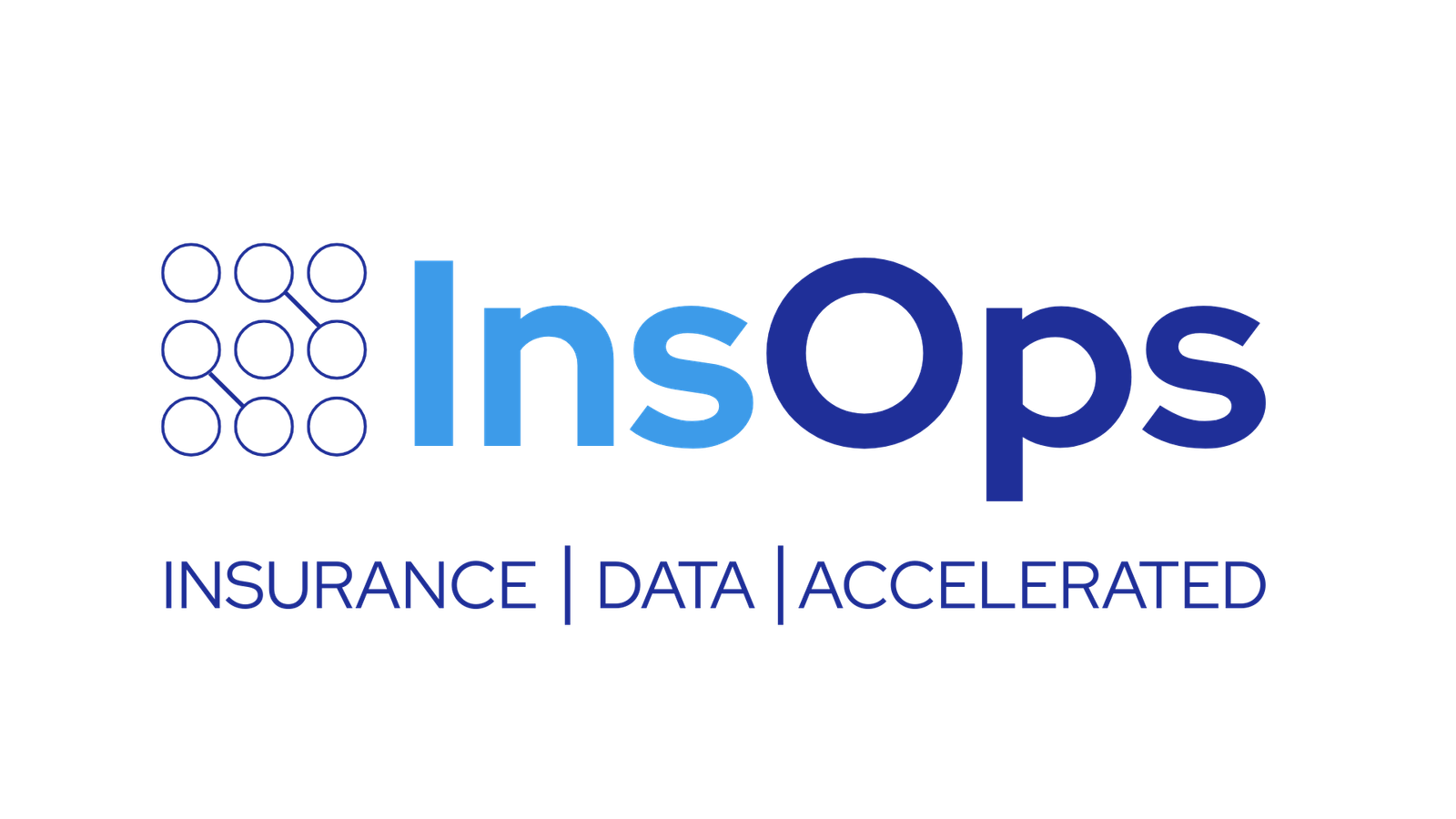A Clear Overview of Guidewire Cloud Migration: What Every Insurer Should Know
For property and casualty insurers, moving to Guidewire Cloud is a critical step in modernizing core systems and unlocking long-term value. But the journey to the cloud is often slow, expensive, and risky especially when legacy systems, fragmented data, and manual migration processes are involved.
A successful Guidewire migration requires more than just technical execution. It demands a strategic approach that ensures data integrity, minimizes downtime, and delivers immediate business value.
This guide outlines the challenges insurers face during Guidewire cloud migrations, explains why traditional methods often fail, and explores how companies like Golden Bear Insurance used a modern migration approach to complete in months what once took years.
Understanding Guidewire Migration
Guidewire Cloud offers scalability, agility, and access to modern tools. But for insurers, the journey to the cloud is complex. It is not just a technology shift. It is a business transformation that requires migrating decades of policy, claims, and billing data from legacy systems into a structured and compliant environment.
Many insurers are still anchored to systems like AS/400, COBOL-based platforms, and siloed databases. These aging systems were not built for modern cloud infrastructure. As a result, migration becomes a high-stakes process requiring precision and strategy.
Why Traditional Migration Approaches Fail
Most Guidewire migrations follow four key phases:
- Assessment and Planning
- Mapping and Cleansing
- Testing and Validation
- Cutover and Go-Live
Traditionally, these steps are performed manually using field mapping spreadsheets, custom ETL scripts, and siloed reviews. This approach causes delays, introduces inconsistencies, and reduces momentum.
Projects originally scoped for 12 to 18 months often extend to three or more years. The delays are not caused by Guidewire itself, but by trying to apply outdated methods to a modern challenge.
Key Risks of Legacy Migration Tactics
Legacy migration approaches, built around manual ETL scripts, custom code reconciliation, and spreadsheet-based QA, introduce significant risks that can derail cloud modernization efforts:
Data Integrity Failures
Traditional ETL tools extract and load data without understanding insurance-specific logic. This results in inconsistent mappings, broken relationships (such as between claims and policies), and missed edge cases. These issues often surface only during user testing.
Disruptive Cutovers
“Big bang” migrations without rollback plans expose insurers to high risk. Any failure during cutover can halt operations or require prolonged dual-system usage, which increases cost and complexity.
Compliance Gaps
Legacy processes often lack full data lineage and audit trails. This creates serious challenges under regulations like GDPR and NAIC Model Law, where data accuracy, traceability, and encryption are required.
Stakeholder Misalignment
IT-led migrations frequently operate in silos, missing input from claims, legal, and compliance teams. Miscommunication during planning or remediation phases can cause delays and post-launch issues.
Manual, Incomplete Testing
Without automated test frameworks, traditional QA relies heavily on spreadsheets and multiple test cycles. This slows project timelines, allows defects to slip through, and leaves core workflows unverified.
So, even when traditional migrations are completed, poor data quality and low user trust can delay adoption and limit return on investment.
A Smarter Approach to Guidewire Migration
Insurers are rethinking migration not as a technical project, but as an orchestrated business transformation. A modern approach includes:
- Automated mapping and cleansing using AI to reduce human error
- Insurance-specific data models to avoid rework and misalignment
- Parallel validation that runs QA throughout the migration process
- Cross-functional visibility with dashboards and workflows that keep stakeholders aligned
This approach shortens timelines, lowers risk, and provides immediate access to structured, business-ready data.
How InsOps Simplifies and Accelerates Migration
InsOps is a purpose-built migration platform for insurance. It eliminates the inefficiencies of traditional IT-led projects and delivers faster, more accurate results. Here’s how InsOps addresses common challenges:
| Challenge | InsOps Solution |
|---|---|
| Manual mapping | AI-powered field and logic mapping |
| Extended timelines | Prebuilt insurance-aligned data models |
| QA inefficiencies | Real-time validation and automated reconciliation |
| Cutover disruption | Zero-downtime transition tools with rollback |
| Compliance complexity | Audit-ready, lineage-preserved data documentation |
Case Study: Golden Bear Insurance
Golden Bear migrated 40 years of historical claims data from AS/400 to Guidewire ClaimCenter Cloud in only six months. The migration achieved 99 percent accuracy with zero downtime. The effort retired a legacy system that previously handled both active and closed claims. With InsOps, Golden Bear unified its claims and financial data, enhanced operational efficiency, and gained a modern, scalable platform for future growth.
The Bottom Line on Guidewire Cloud Migration
Guidewire Cloud migration is more than a tech upgrade. It’s a business-critical transformation that demands speed, precision, and trust. Traditional methods fall short, but InsOps changes the game. By automating key phases and aligning to insurance-specific needs, InsOps helps insurers move faster, minimize risk, and unlock real value from day one.
Ready to accelerate your Guidewire migration?
Schedule a FREE consultation with InsOps and see how fast, low-risk transformation is possible.
Frequently Asked Questions
What cloud platforms are supported by Guidewire?
Guidewire supports deployment on multiple cloud platforms, including Amazon Web Services (AWS). Guidewire Cloud provides a scalable, secure, and compliant environment designed to host PolicyCenter, ClaimCenter, and BillingCenter. The platform is fully managed and optimized for performance, integration, and compliance in the insurance industry.
How long does a typical Guidewire cloud migration take?
With traditional methods, migrations can take 18 to 36 months. However, using InsOps’ automated approach and insurance-specific data models, migrations can be completed in as little as 4 to 6 months. The exact timeline depends on system complexity, data volume, and readiness of source systems.
What are the main risks in Guidewire cloud migration?
The most common risks include data loss or corruption, regulatory compliance failures, cutover downtime, and poor stakeholder alignment. Manual processes often introduce errors and delays. InsOps mitigates these risks with automated validation, rollback-safe cutover tools, and full audit trail preservation
How can organizations minimize downtime during migration?
Downtime can be minimized by using parallel validation and zero-downtime migration tools. InsOps allows data to be staged, tested, and validated in advance of cutover, ensuring a smooth transition with no disruption to business operations. Rollback capabilities also ensure business continuity in case of issues.
What ongoing support is available after migrating to Guidewire Cloud?
Post-migration, InsOps provides support for data validation, optimization, and ongoing data quality improvements. The platform also integrates with analytics, reporting, and AI use cases, enabling insurers to continue deriving value from structured data well beyond go-live.

